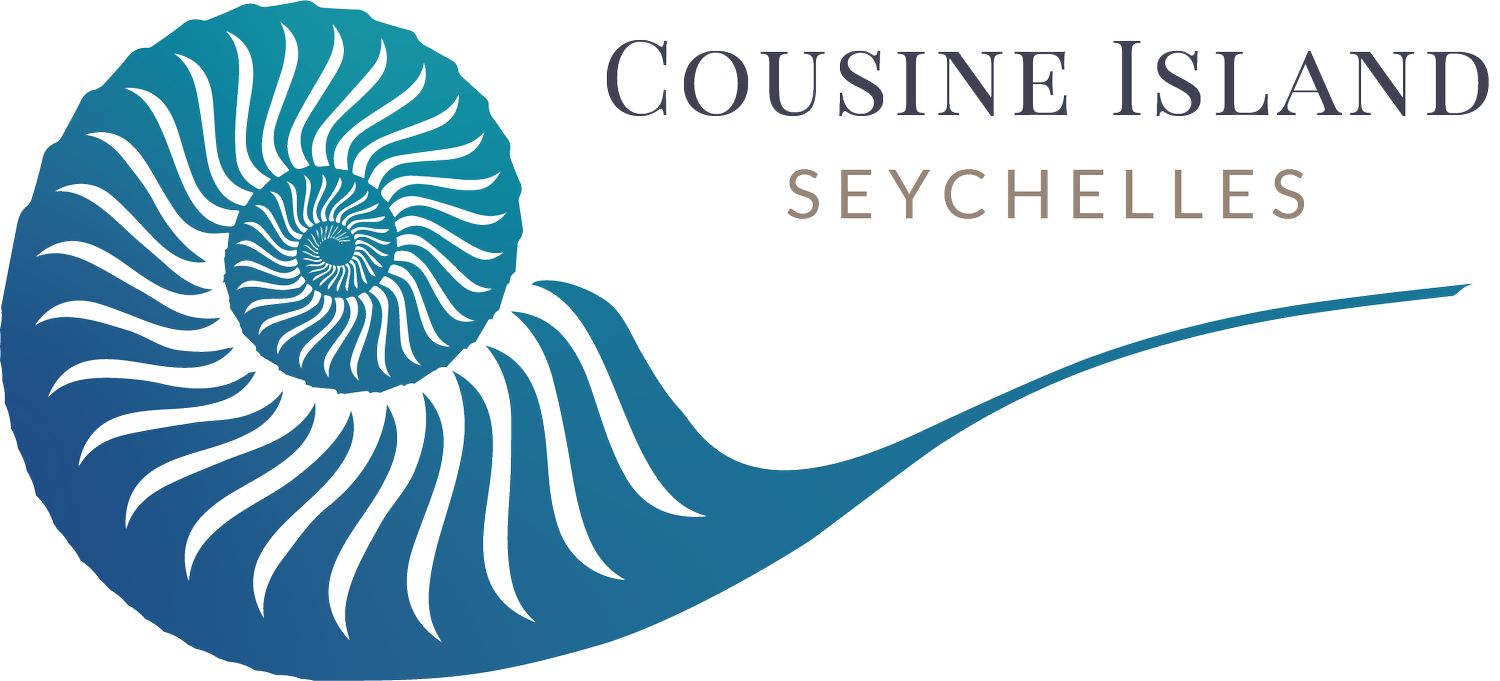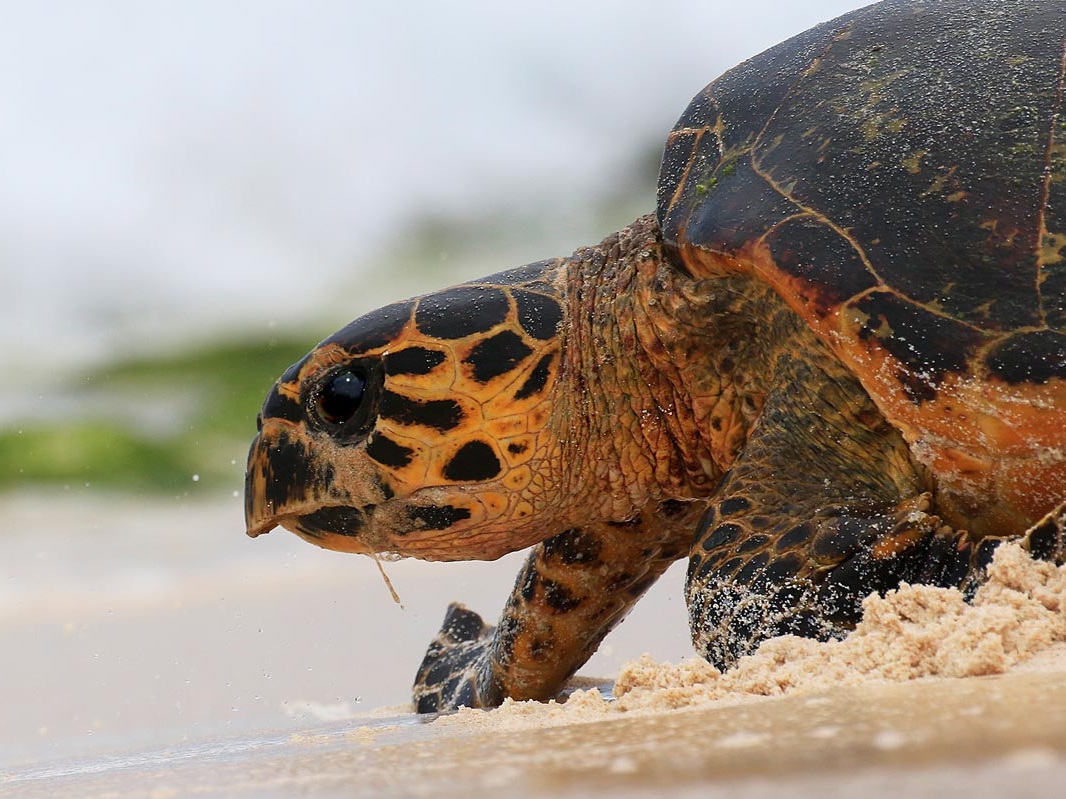Hawksbill Sea Turtle (Eretmochelys imbricata)
Illegally hunted for its shell, the hawksbill sea turtle has been categorised as critically endangered on the IUCN Red List of Threatened Species, which means they face an extremely high risk of extinction in the wild
Our ongoing efforts: Our dedicated conservation team closely monitor all female hawksbill sea turtles that emerge during the day to nest. By unobtrusively recording various information such as tag numbers, shell dimensions, egg numbers and nest conditions we ensure a high standard of turtle research and conservation.
Help baby turtles find their way to the sea. Each turtle season more than 12,000 turtle hatchlings emerge from nests laid on the beach and make their journey to the ocean under the watchful eyes of the conservation team. Come and enjoy this experience with a guided tour and enjoy nature at its best.
Hawksbill turtles, Eretmochelys Imbricata, are medium sized sea turtles (average weight: 65 - 80 kg, length: 1 m), characterised by large overlapping scales on the carapace and an elongated, tapered head that ends in a protruding hooked upper beak. Hawksbills are opportunistic omnivores, feeding primarily on sea sponges but also many species of invertebrates. They are widely distributed throughout the tropics, inhabiting coastal waters in more than 108 countries around the world; however, nesting has only been recorded in 70 of these countries.
“The Seychelles archipelago is one of three places in the world where female hawksbill turtles lay eggs during the day.”
Within the Seychelles, the nesting season spans from September through to mid-March and coincides with the rainy season, which is also characterized by low winds and calmer sea conditions. Once sexually mature – this takes anywhere between 20 to 40 years – these turtles migrate between foraging and nesting grounds at intervals of several years. Female hawksbills display strong site fidelity to their natal beaches, returning to nest at two- to five-year intervals throughout their reproductive years. Hawksbills lay approximately four times within a given season at intervals of roughly 15 to 18 days. Clutch size is usually 160 eggs per nesting attempt, with an incubation period that lasts about 60 days.
Interestingly, the Seychelles archipelago is one of three places in the world where female hawksbill turtles lay eggs during the day. Regrettably, this behaviour puts them at risk to disturbance by humans. Fortunately, Cousine Island has been protecting, monitoring and recording the nesting activity of hawksbill sea turtles for more than three decades.
During this time the conservation team stationed on the Island has helped more than 200 000 hawksbill hatchlings to reach the sea and are proud of making a positive contribution to conserving this critically endangered species.
Hawksbill turtles are currently categorised as “critically endangered” on the IUCN Red List of Threatened Species mainly due to the heavy exploitation of their carapace for ornamental purposes.
“Cousine Island has been protecting, monitoring and recording the nesting activity of hawksbill sea turtles for more than three decades.”
The combination of overexploitation and the negative effect of marine pollution on their survival to sexual maturity has severely impacted this species and has resulted in the continued decline of the population over time. This means that they face an extremely high risk of extinction in the wild. Despite this classification, we are fortunate to regularly encounter hawksbill sub-adults and adults amongst our coral reefs when diving or snorkelling off our beach. Cousine Island will continue to play an integral part in the protection of this amazing species and is fully committed to sea turtle conservation in the Seychelles.


